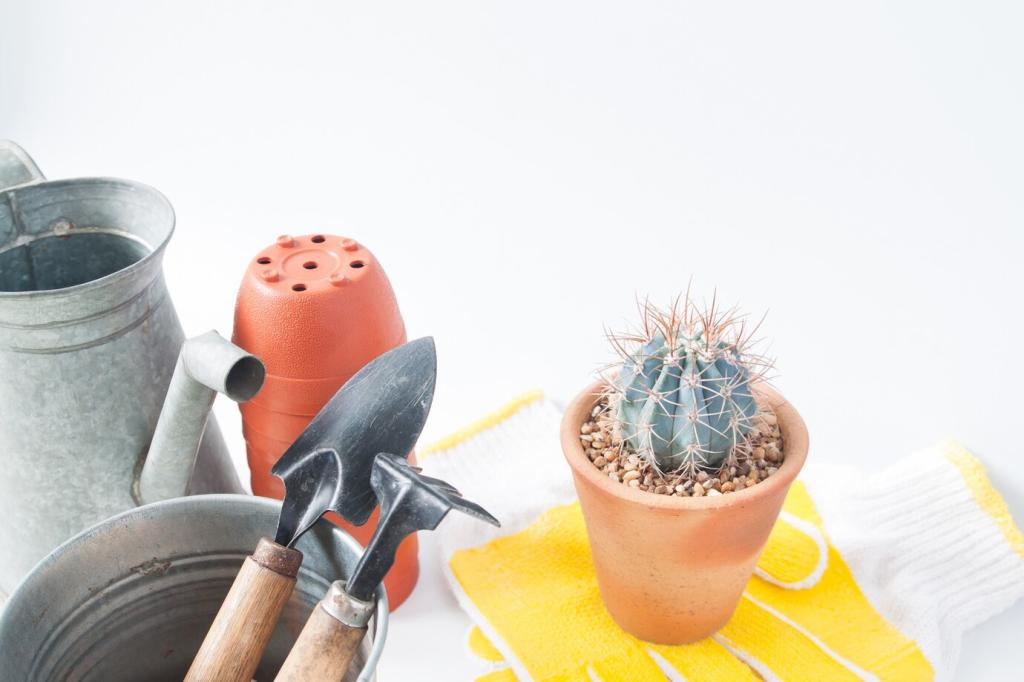Stories from the Garden: A Native Makeover
Maya smothered a patch of turf with cardboard, then layered compost and mulch before planting a palette of local grasses and summer wildflowers. The first year looked sparse, but by midsummer year two, textures mingled like a woven rug. Share your first-season patience hacks.
Stories from the Garden: A Native Makeover
At first, passersby worried it would look messy. Then came goldfinches on coneflower seeds and kids counting butterflies. Skepticism softened into curiosity and friendly questions. Have you faced similar doubts? Tell us how you won hearts with thoughtful edges and tidy paths.




